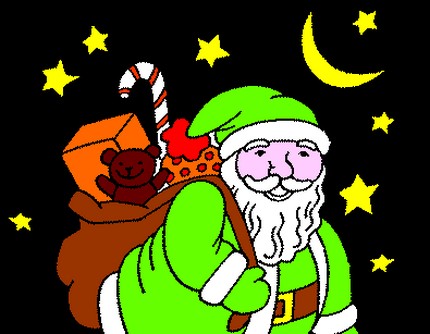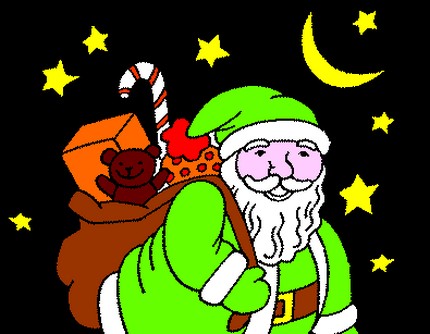Consuming differently: giving objects a second life
 Once again this year, Santa Claus will be able to shorten his night of labor. Our compatriots have decided to reduce their Christmas spending (-4.4%) and especially their spending on gifts (-4.9%). Thus, to optimize their budget ahead of the year-end holidays, more and more French people are turning to the second-hand market.
Once again this year, Santa Claus will be able to shorten his night of labor. Our compatriots have decided to reduce their Christmas spending (-4.4%) and especially their spending on gifts (-4.9%). Thus, to optimize their budget ahead of the year-end holidays, more and more French people are turning to the second-hand market.
According to a recent Ipsos study, 6 out of 10 French people think consumption needs to be reduced to improve quality of life. However, it’s not a matter of depriving oneself, and between overconsumption and asceticism, there is a middle ground.
Reclamation, “second hand” or the transformation of thrifted products (“customization”) inspire responsible, personalized, even unique gifts that also carry a story.
As pioneers in Europe, 30% of French people will give second-hand gifts. Certainly, the crisis has significantly changed purchasing habits, and second-hand has thus become a mode of consumption in its own right. Economical and ecological, the second-hand market is increasingly in demand from consumers, supported by the wave of sustainable development. It allows buyers to save on price and make a civic act by “recycling” goods, while sellers turn unwanted items into purchasing power.
Such are the teachings of 2 major studies: the Cetelem Observatory 2010 and the 13th Deloitte study on European consumer purchase intentions for the year-end holidays.
Thus, it seems more and more French people are considering selling their goods (source: Cetelem Observatory 2010). It’s noted that products initially present online (such as cultural products, clothing, or toys) are seeing a decline in buying intent. However, furniture, household appliances, DIY/gardening, and sporting goods are seeing a strong increase in intent for second-hand purchases.
The steady growth of these markets can be explained by the acceleration of the purchase cycle of new equipment. From this consumerist trend arises a desire to recycle both to protect the environment and to finance part of the new purchase. We no longer throw away, we capitalize!
A responsible Santa… and a second-hand sack
According to the Cetelem Observatory 2010, orders from Santa Claus take into consideration the gift’s price but also its ecological cost, which remains a strong purchasing motivation. Santa’s sack will indeed be filled with 46% second-hand gifts, prioritizing useful gifts (source: Deloitte). Elves remain divided regarding the second-hand market; indeed, 49% believe that a second-hand product is likely to present a loss of quality and safety (source: Cetelem Observatory 2010).
To meet this demand for security and quality, products intended for sale are appraised in stores where they act as an intermediary for sales. The buyer and the seller are then assured of the transaction’s viability. The second-hand elves will make numerous sleigh trips, as they will only make a quarter of their purchases online to focus on physical stores. Where they indeed have all the leisure to ensure the conformity and general condition of the product before purchasing.



